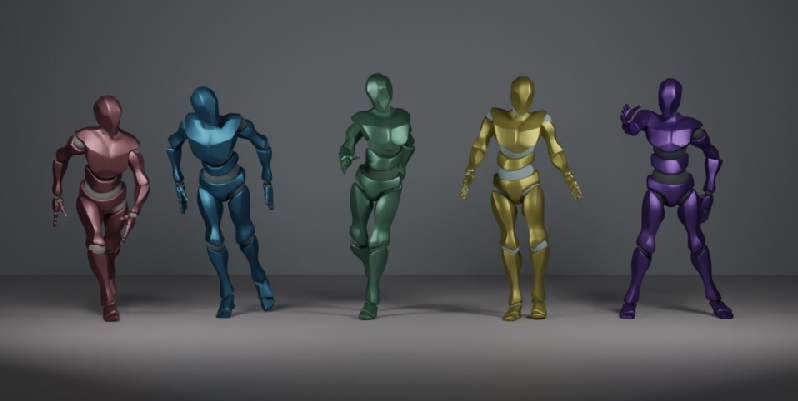
Stanford University researchers have developed a generative AI model that can choreograph human dance animation to match any piece of music. Called Editable Dance GEneration, the tool will help choreographers design sequences and communicate their ideas to live dancers by visualising 3D dance sequences. Key to the program's advanced capabilities is editability. Researchers believe that EDGE could be used to create computer-animated dance sequences by allowing animators to intuitively edit any pa...
SUBMIT REVIEW
Please email us: editor.rajagirimedia@gmail.com